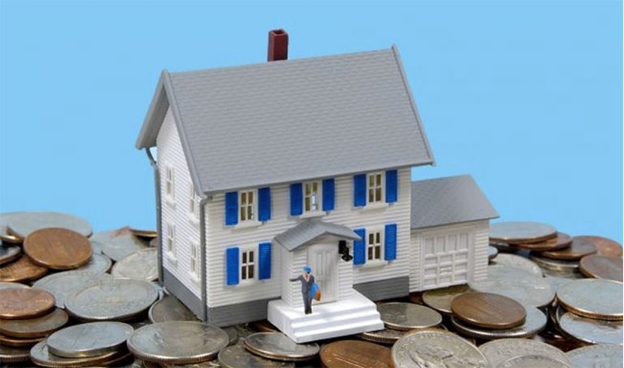On many occasions when seeking a mortgage approval, we ask ourselves a basic question, what type of mortgage rate am I going to choose, Fixed Rate? or Variable Rate? What will be the best option?
It is important to always support our decisions with reliable information and the support of specialists in the area.
Precisely in these times that we are witnessing important hikes decreed by the Bank of Canada to combat rising inflation, this question is relevant.
The central point is not only the economic advantage, a fixed rate gives security and confidence to the client, who can plan with certainty in the medium term of 5 years and know how much he will be paying for his mortgage.
In the opposite case, a variable rate implies a level of risk and uncertainty that is acceptable for certain people, but not for others, both are valid and the choice depends on the conditions and preferences of each person and family. However, it is important for you to know that by choosing a variable rate, it is also possible to have fixed monthly payments.
Example: If the loan is for $400,000 and the initial payment was 5% with a variable rate of 3.3% (5-year contract with the bank), the monthly payment will be $1,932. At the time the rate goes up, you will be contributing less money to principal and more to interest when monthly payments remain fixed.
Another advantage is that the penalty for breaking an adjustable-rate mortgage is much more reasonable than for a fixed rate mortgage.
Research by Canadian economic experts shows that adjustable-rate mortgages provide more benefits to consumers the vast majority of the time.
Moshe Milevsky PhD, Associate Professor of Finance at York University in Ontario, studied mortgage rate data from 1950 to 2007 and found that choosing an adjustable-rate mortgage would have saved Canadians $20,000 in interest payments over 15 years, based on a $100,000 mortgage.
He also found that Canadians would have been better off with an adjustable-rate mortgage compared to a five-year fixed rate 89 percent of the time.
Let’s see this historical graph of the last 16 years comparing the fixed and variable rates since 2006, from the great recession of the years 2008-2009 that fell drastically and now that they begin to rise in almost the entire period the variable rates have been lower, except for a very short period in 2019.

BLUE line Fixed rate 5-year contract
RED Line Variable rate 5-year contract

The fixed rate gives a certain peace of mind and security but this has a cost, whoever feels comfortable with a higher level of risk, it is economically preferable in most cases to choose a variable rate.
Each individual case, each family must make their own decision with clear information and the advice of trusted specialists.



